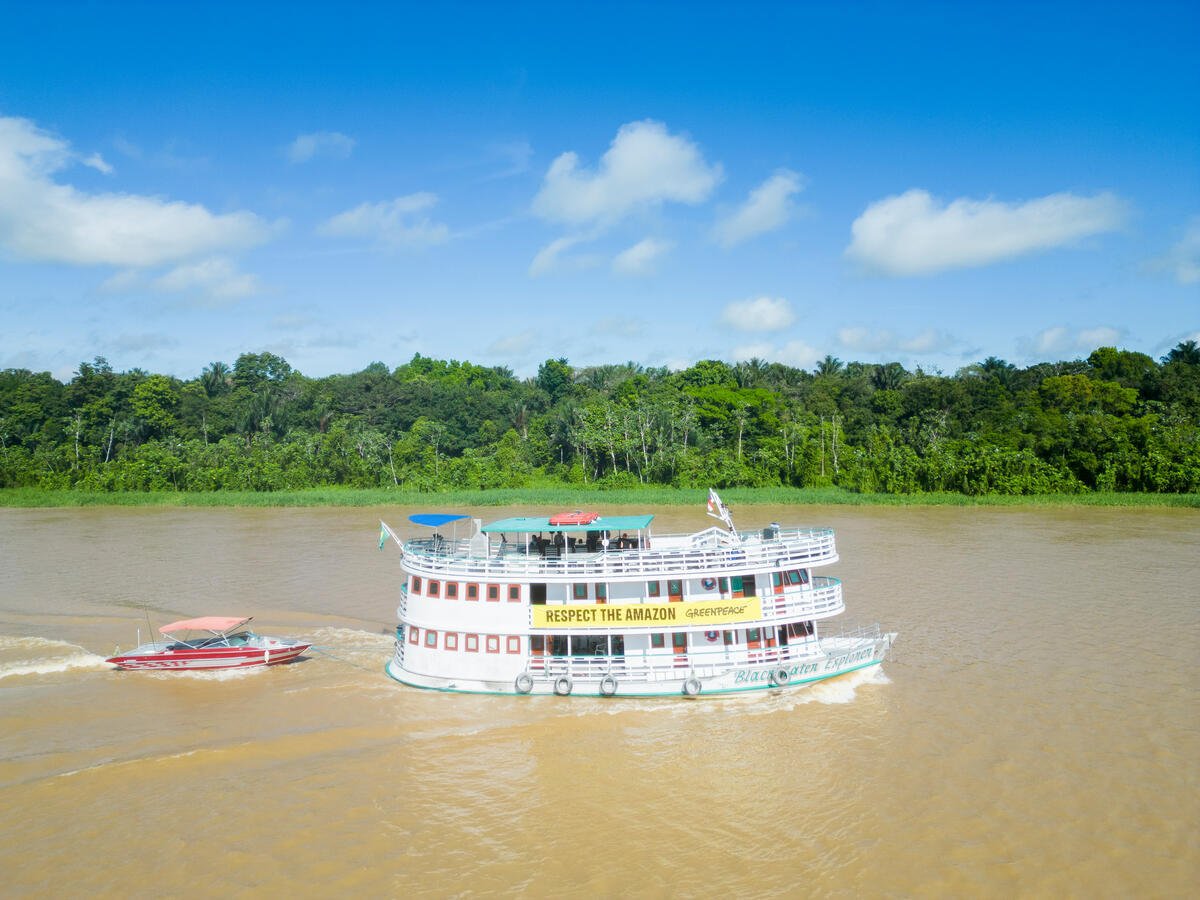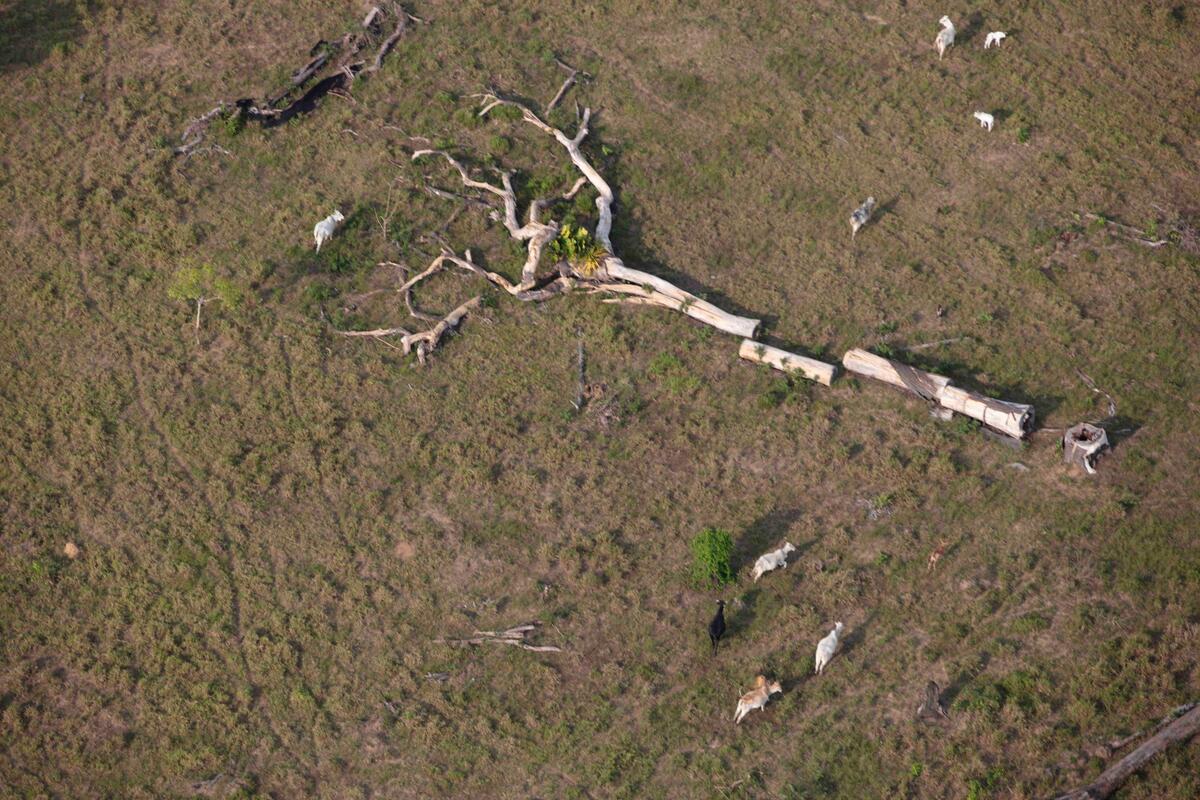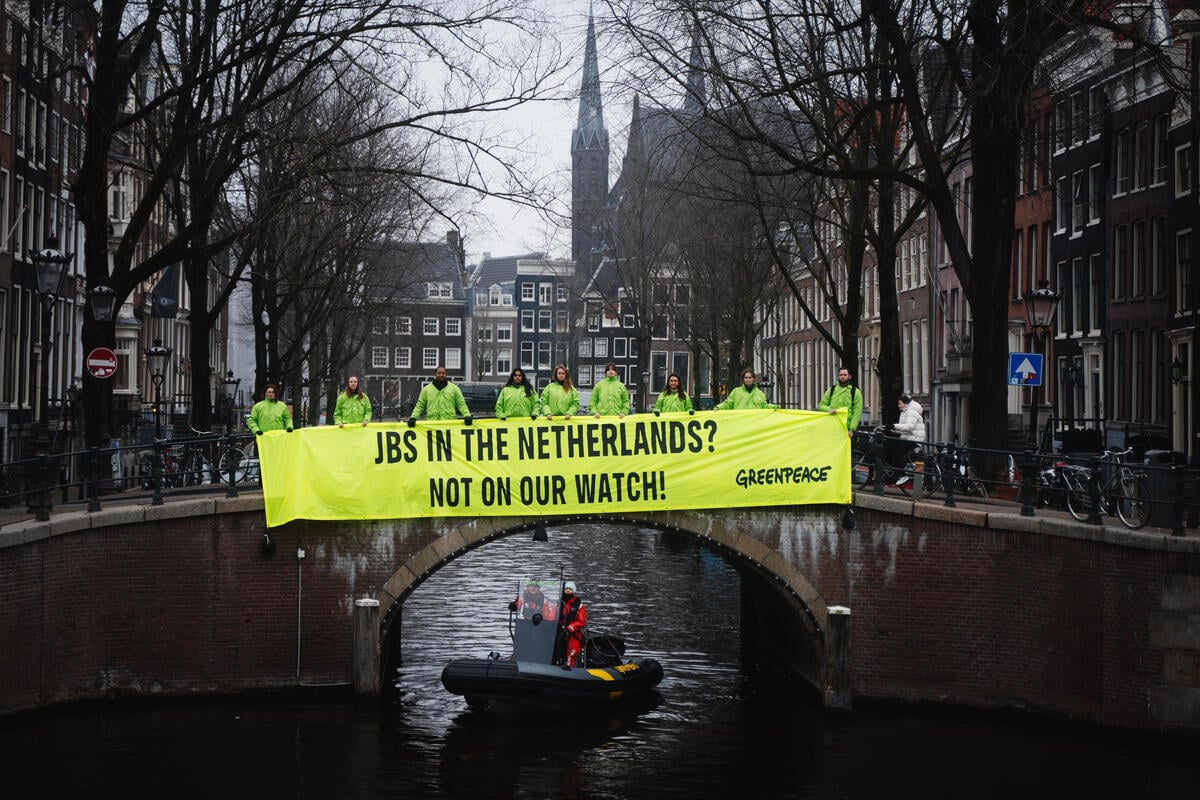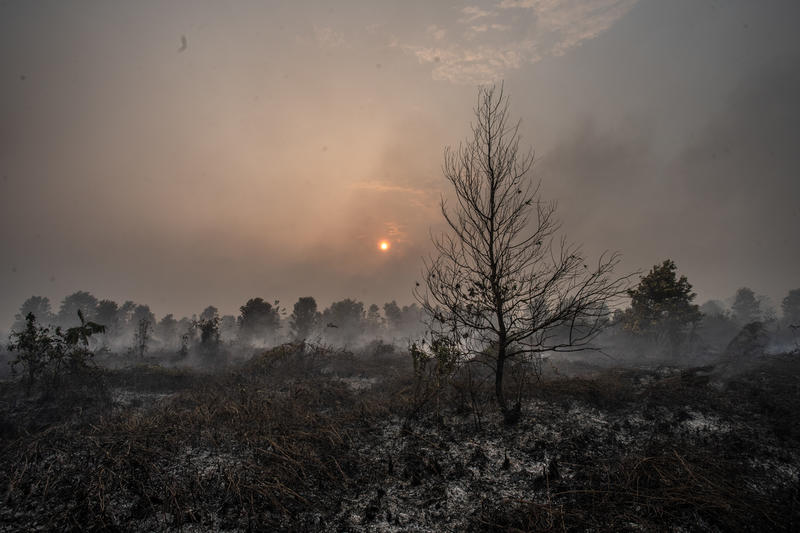
This year people from all over the world saw our planet literally go on fire. From Russia to Brazil, from Indonesia to Canada and the US, from Israel and Lebanon to even Greenland, massive fires swept through forests and other landscapes. Right now, terrifying bushfires are still raging across Australia. Orangutans, bears and koalas are dying. People are losing their homes, their belonging and their loved ones, and as the climate crisis intensifies, we ask ourselves: what will burn tomorrow? Will 2020 be as disastrous as this year? But while these questions torment us, a silent threat looms behind the smoke and the haze: the huge amount of CO2 emitted by the fires.
The severe wildfires in Russia burned 16 million hectares of forest, according to the Federal Forestry Agency – an area almost twice bigger than the size of Austria, and emitted over 500 Mt of CO2, as much as Saudi Arabia’s annual emissions from the burning of fossil fuels. The fires that raged through the Brazilian Amazon emitted 366 Mt CO2 – almost the equivalent of the annual emissions of the UK’ fossil fuels. In Indonesia, the situation was even worse. A massive amount of forests and peatlands were destroyed there, emitting 708 Mt of greenhouse gases.
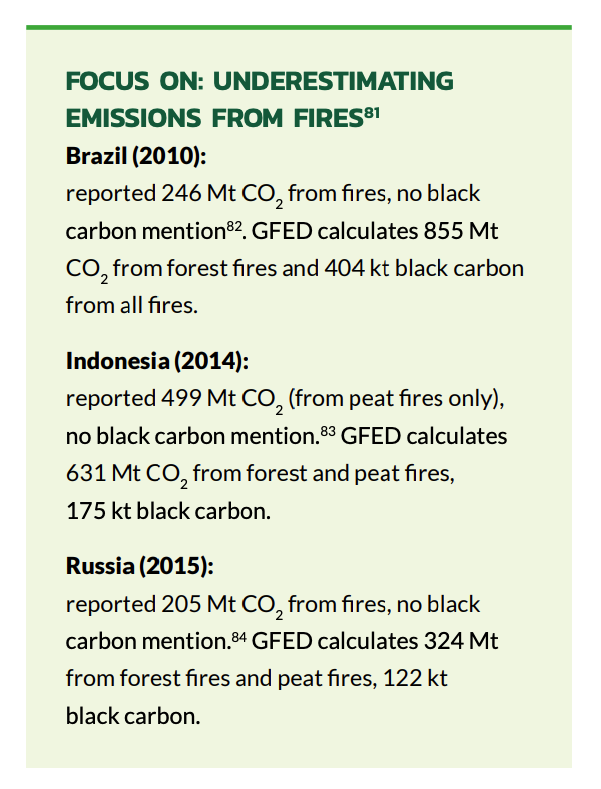
© Greenpeace
The vast areas of tropical and boreal forest in these three countries are key for mitigating climate change. Yet neither Brazil, Russia or Indonesia are accurately reporting the emissions from the fires within their borders, according to Greenpeace International report Lost In Smoke: Wildland Fire Climate Impact.
So then, how are these fire emissions being accounted for and compensated? The short answer is: they aren’t. Most of the countries fail to properly monitor and calculate direct and indirect emissions from fires. There are both technical and political challenges involved in this. For example, a national government may consider it to be in their interest to obscure or inaccurately report emissions from fires.
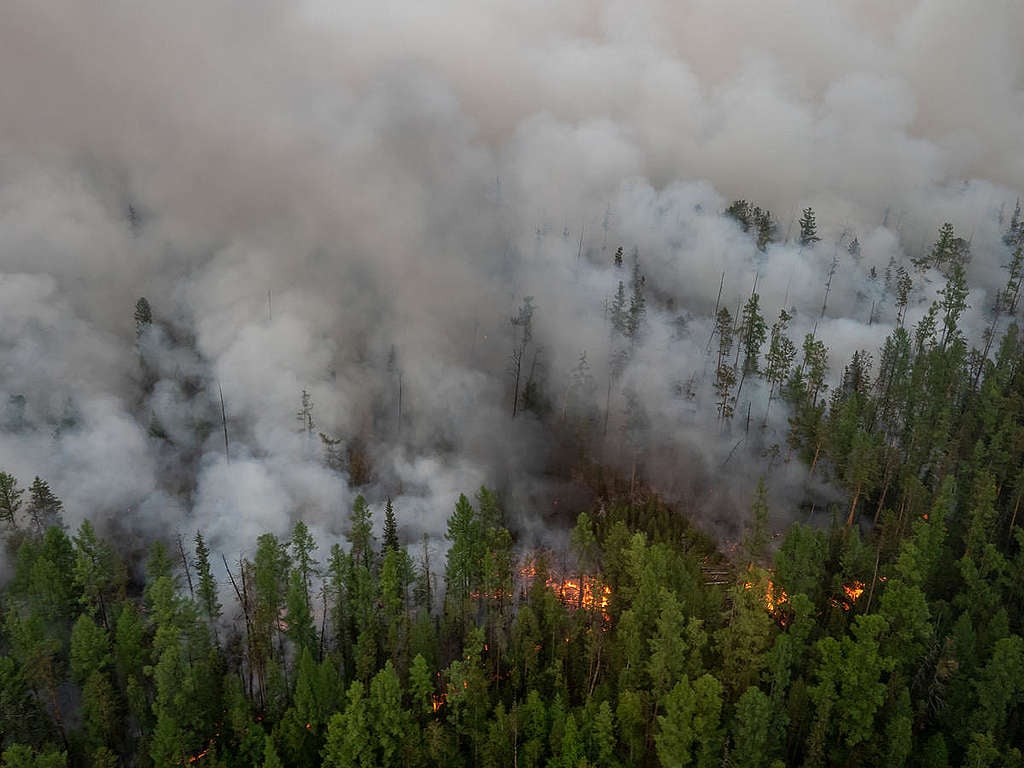
Emitting carbon dioxide that leads to global temperature rise is not the only way of wildfires impact the climate. Wildfires also create and spread what is known as “black carbon”. Particles that are released and transported with the wind and may end up, for example, in the Arctic. White snow and ice can reflect much of the sun’s heat back into space. However, as a result of fires, vast areas of ice get covered in black carbon, which absorbs heat instead. This speeds up how quickly snow and ice is melting. According to scientists, black carbon is the second or third most important contributor to the climate crisis. Plus, the effects of forest fires is not only the immediate release of CO2. Less forest, means less carbon being captured from the atmosphere for a long time.
Even with all the evidence that protecting forests is vital for staying below 1.5°C, this topic is simply being ignored at COP25. Decision-makers and global leaders must address increasing forest fires. 2019 has already seen an immense loss of vital forest land across the globe. Besides hurting the climate and risking the health of thousands across the globe, fires are having a devastating impact on local communities and Indigenous Peoples who depend on their ancestral lands for their livelihoods.

